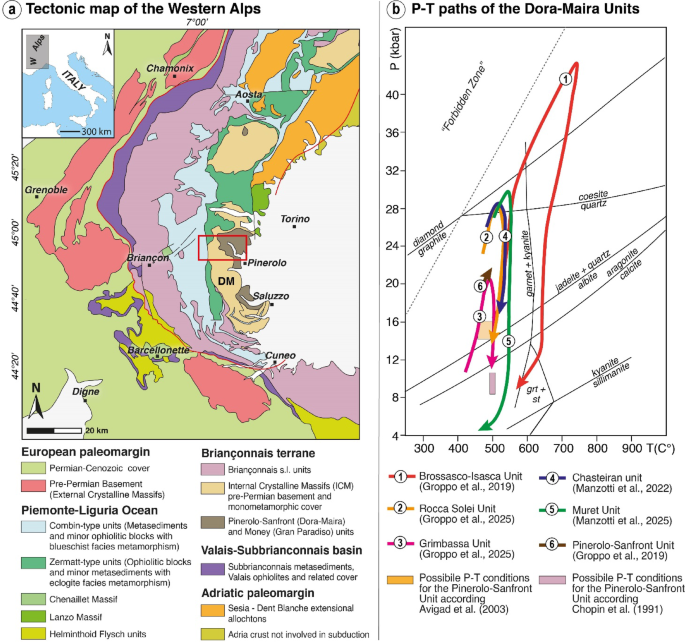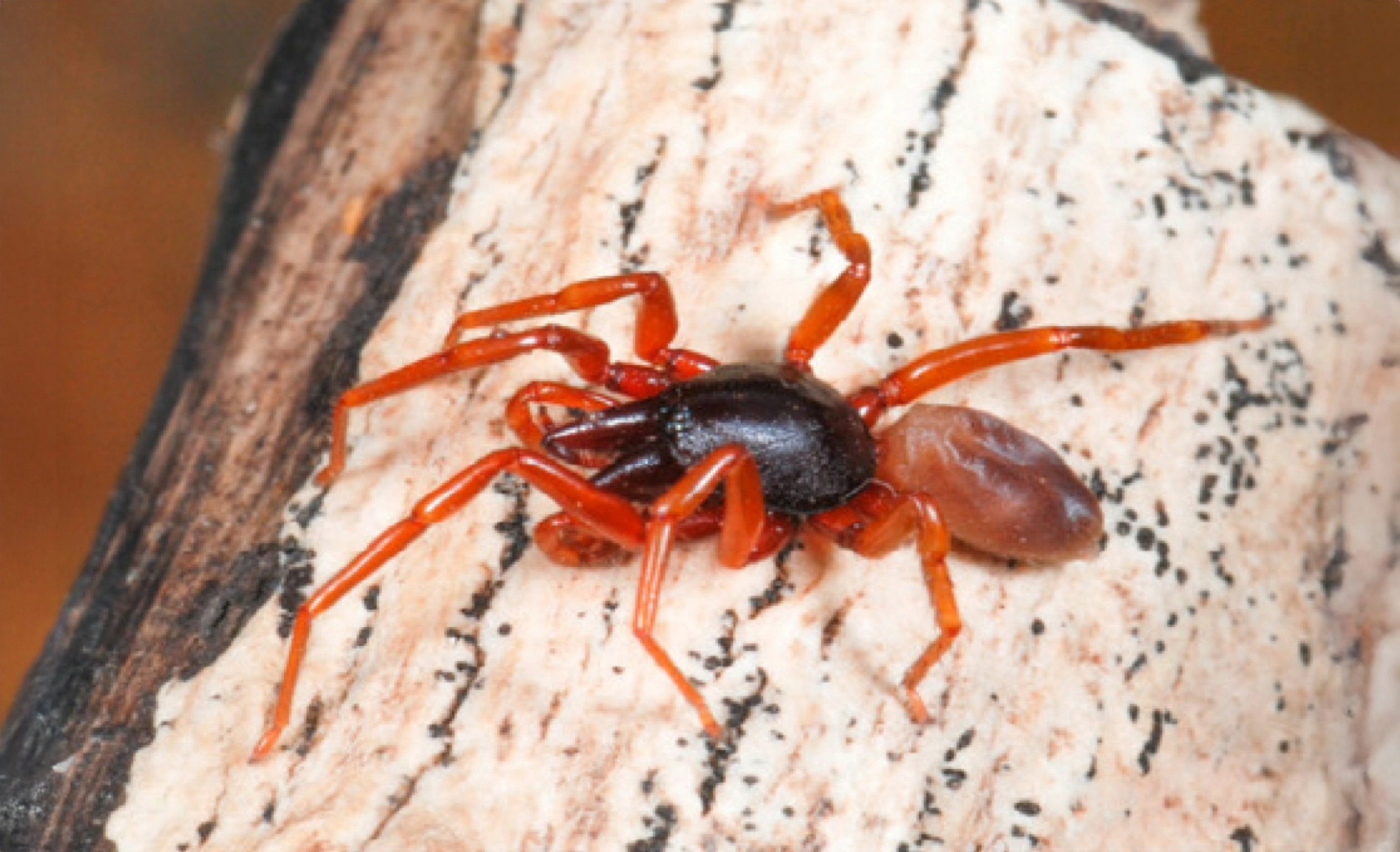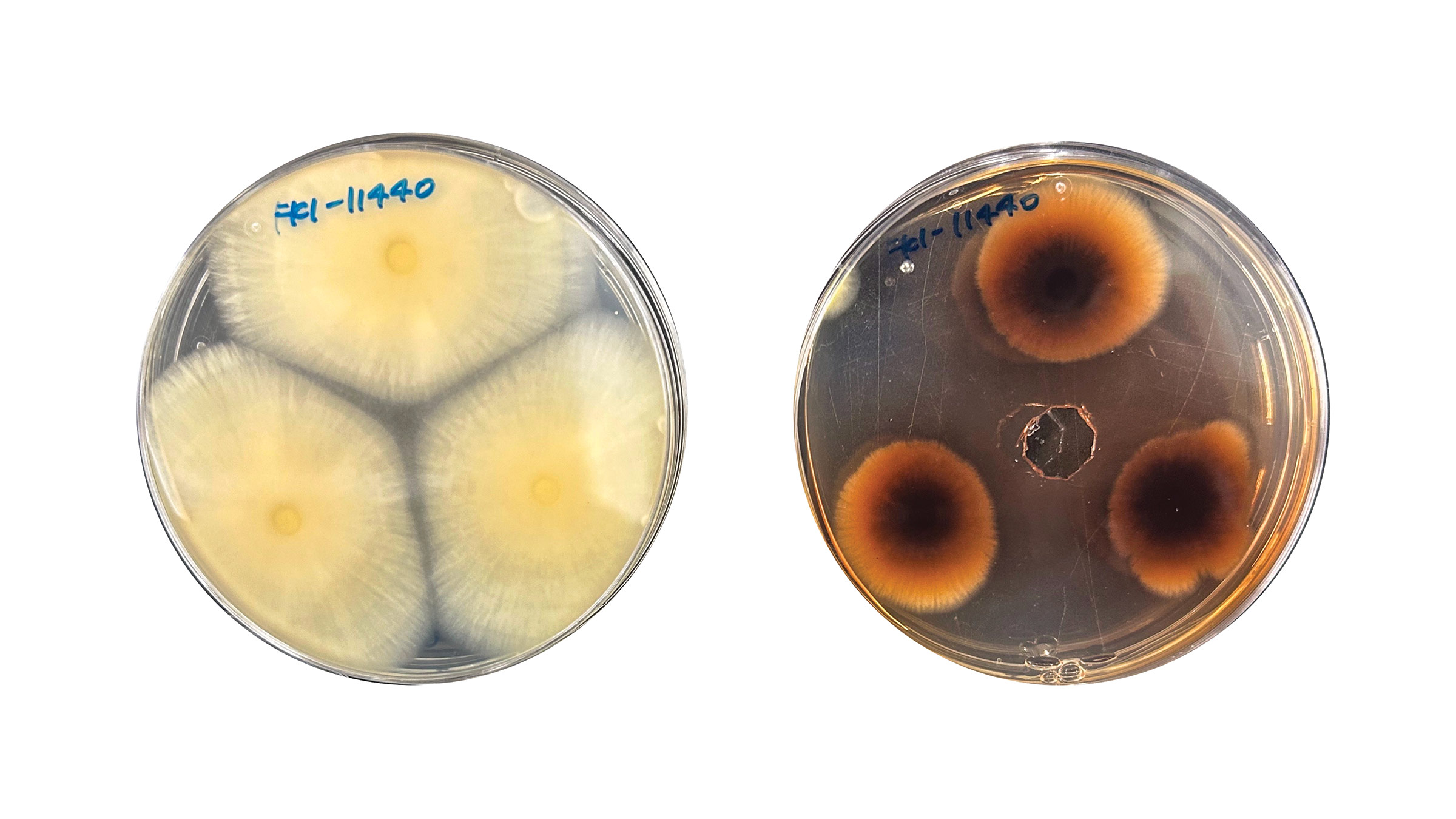This request seems a bit unusual, so we need to confirm that you’re human. Please press and hold the button until it turns completely green. Thank you for your cooperation!
Category: 7. Science
-
Just a moment…
Just a moment… -
Just a moment…
Just a moment… This request seems a bit unusual, so we need to confirm that you’re human. Please press and hold the button until it turns completely green. Thank you for your cooperation!
Continue Reading
-
Just a moment…
Just a moment… This request seems a bit unusual, so we need to confirm that you’re human. Please press and hold the button until it turns completely green. Thank you for your cooperation!
Continue Reading
-

Buried, not erased: palynofloras in ultra-high-pressure metamorphic rocks
Franz, G., Mosbruggr, V. & Menge, R. Carbo-Permian pteridophyll leaf fragments from an amphibolite facies basement, Tauern window. Austria Terra Nova. 3, 137–141 (1991).
Google Scholar
…Continue Reading
-

4 coronal mass ejections are racing toward Earth and could spark impressive northern lights this week
A train of solar storms is barreling toward Earth, with four coronal mass ejections (CMEs) expected to hit over the next few days. Any potential impact could trigger impressive auroras in northern skies and possibly even at…
Continue Reading
-
Just a moment…
Just a moment… This request seems a bit unusual, so we need to confirm that you’re human. Please press and hold the button until it turns completely green. Thank you for your cooperation!
Continue Reading
-

Scientists Solve Mystery of Human Chromosome Fusions
Scientists have finally uncovered the exact DNA sequence where human chromosomes fuse to form Robertsonian chromosomes, a mystery that has puzzled researchers for over a century.
Using advanced genome sequencing at the Stowers…
Continue Reading
-
Just a moment…
Just a moment… This request seems a bit unusual, so we need to confirm that you’re human. Please press and hold the button until it turns completely green. Thank you for your cooperation!
Continue Reading
-

Small island spider sheds unnecessary DNA to survive
On the volcanic slopes of Gran Canaria, a small orange spider has done something scientists didn’t expect. Over millions of years, Dysdera tilosensis has cut its genome nearly in half.
Most animals isolated on islands expand their DNA, but…
Continue Reading
